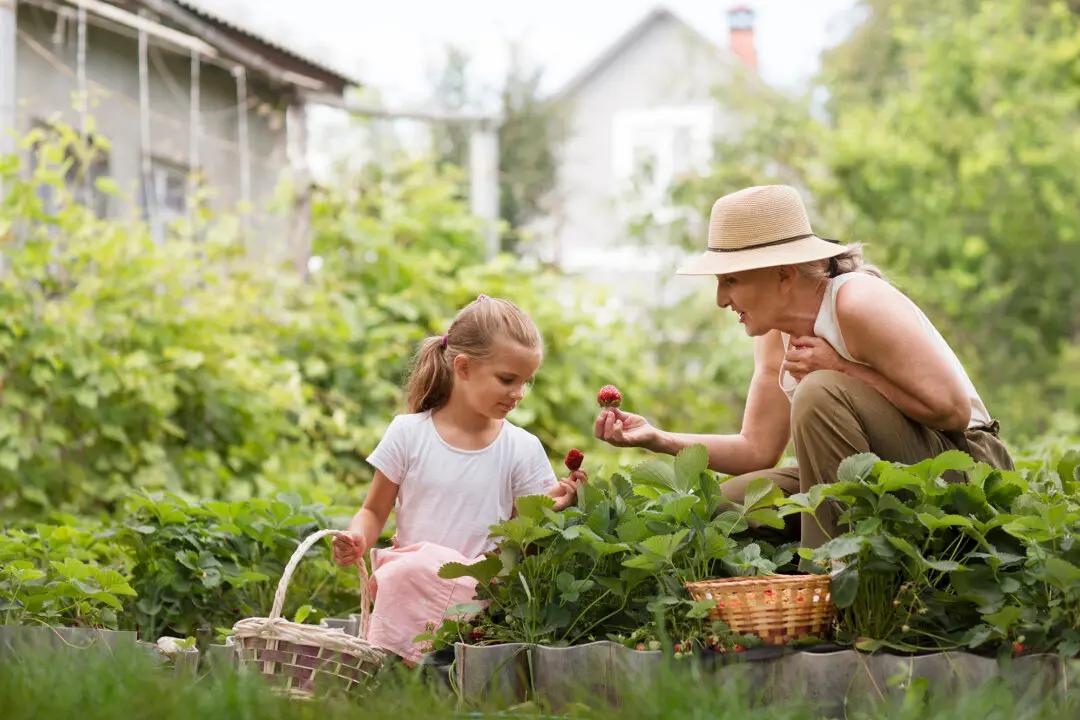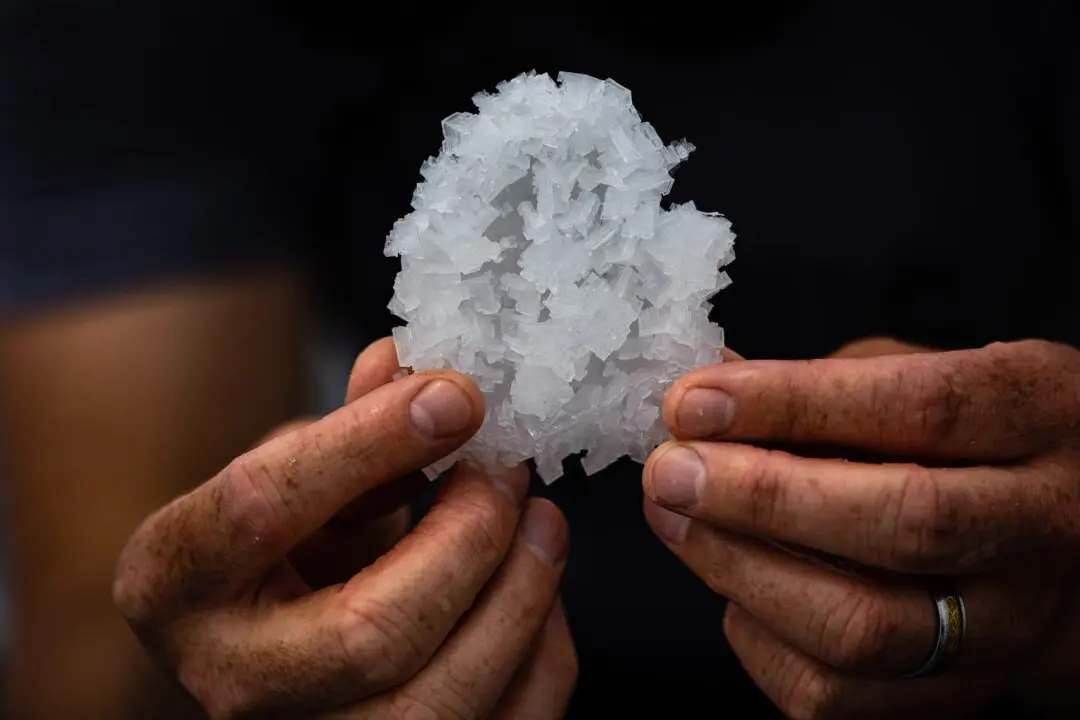The fruit in my hand is 6 months old, but tastier than ever.
It’s a pink pomelo from Pearson Ranch in California, and the big orb’s fabulously thick rind—an inch or more—is better at preserving the integrity and flavor of the fruit than anything human invention can muster. Most commodity fruits these days are picked and stored in vast chilled warehouses—apple repositories bigger than football fields exist all over eastern Washington, for example—but rarely citrus.





